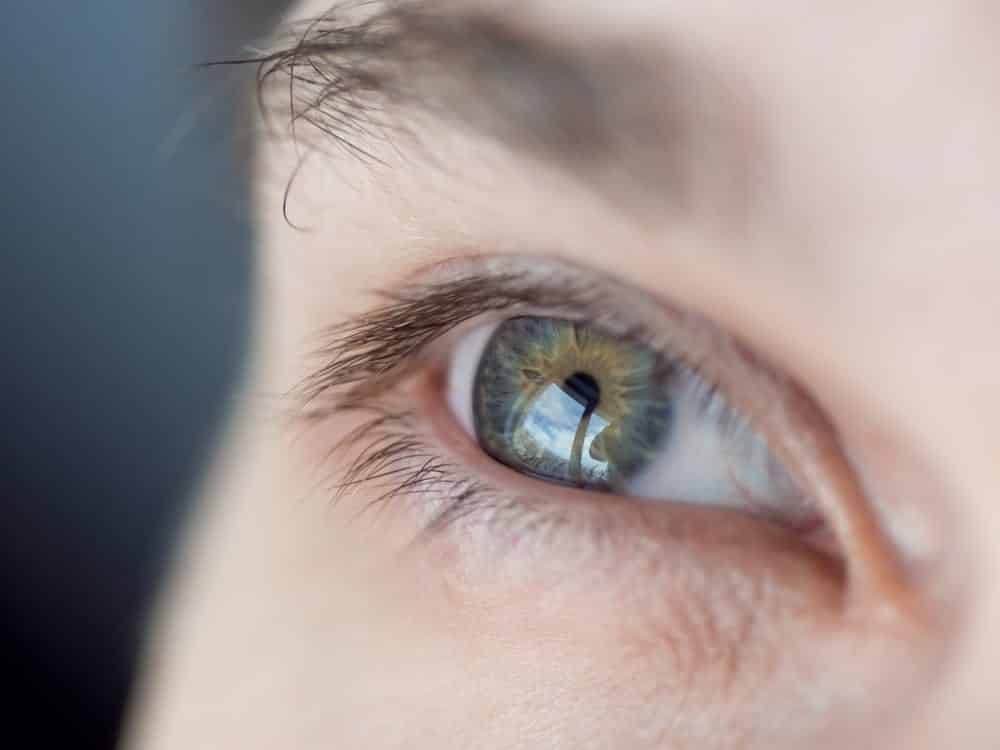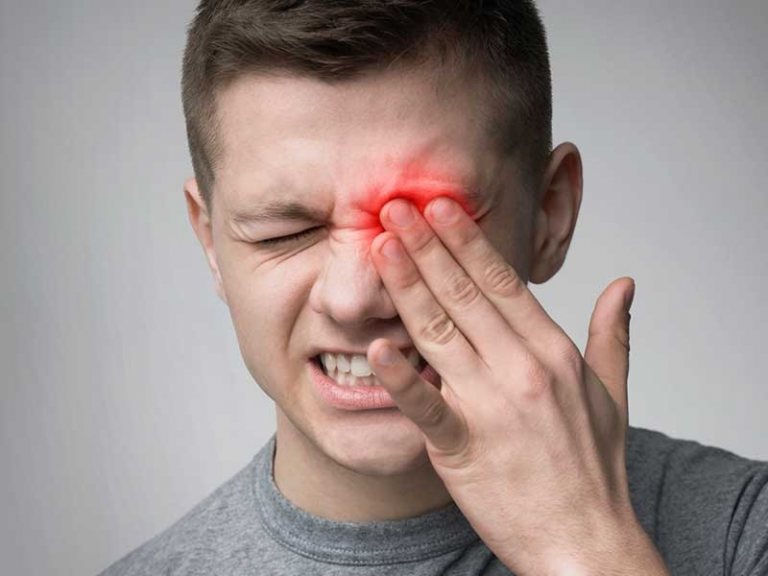

Don’t use tap water, as it can have microorganisms that can lead to infection.

If you get something in your eye, you can flush it with sterile saline eyewash or contact lens solution. It’s important not to rub your eyes, as this can make matters much worse. Other symptoms are redness, tearing, light sensitivity, headaches, blurry or decreased vision, eye twitching, a dull ache, and sometimes even nausea. Even a small abrasion can be extremely painful and can feel much larger than it actually is.Ī scratched cornea will be painful and it will feel as if you have something in your eye. The cornea is one of the most sensitive parts of the body, so you’ll know when you’ve scratched it. What Are the Symptoms of a Corneal Abrasion? Sand and dust can cause abrasions, especially if you rub your eyes. And it’s not as if it needs to be a noticeable event, such as getting poked in the eye.

From a stray tree branch when out hiking to a makeup brush, from workplace debris to sports equipment, just about anything can scratch your cornea. What Happens in a Corneal Abrasion?Īs you would assume, you can scratch the cornea in countless ways. That’s why it is important to come and see us at Central Valley if you scratch your cornea, rather than thinking you’ll take care of it by yourself. When the cornea is scratched, not only is it painful, but it also makes the cornea more susceptible to infection. The cornea focuses light, enabling us to see, so a healthy cornea is a must for good vision. The cornea is the clear front surface of the eye. It’s one of the most common eye injuries, but usually can be easily treated and healed by the team at Central Valley Eye Medical Group. When we’re out and about in Stockton and our surroundings, whether working or playing, sometimes a person can scratch his or her cornea. Retinal Vein Occlusion Treatment & Diagnosis.


 0 kommentar(er)
0 kommentar(er)
